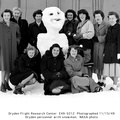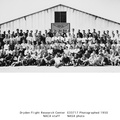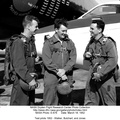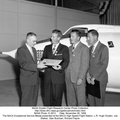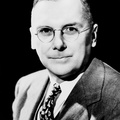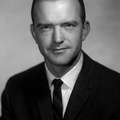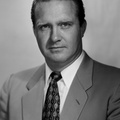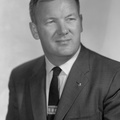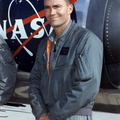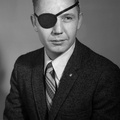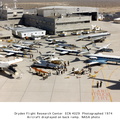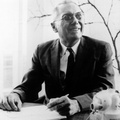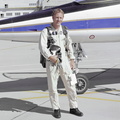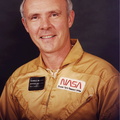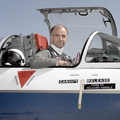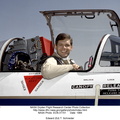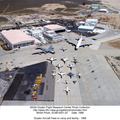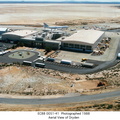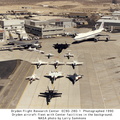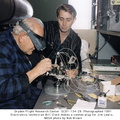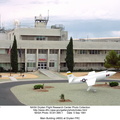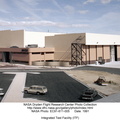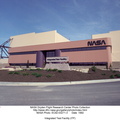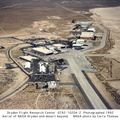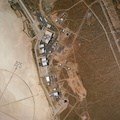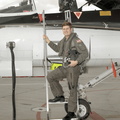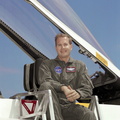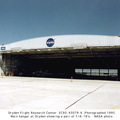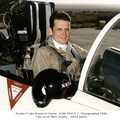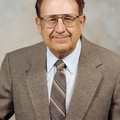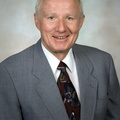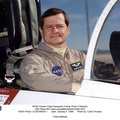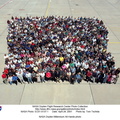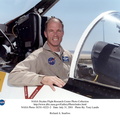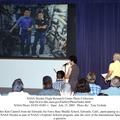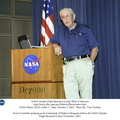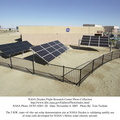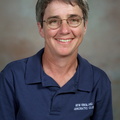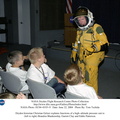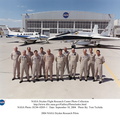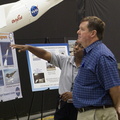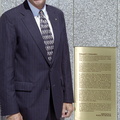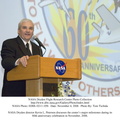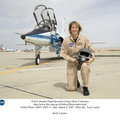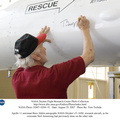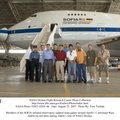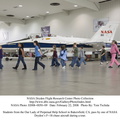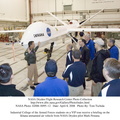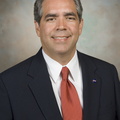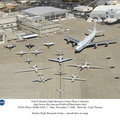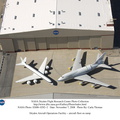
WIKIARCHIVES.SPACE
The Human Spaceflight Archive

William H. Dana was Chief Engineer at NASA's Dryden Flight Research Center, Edwards, Calif., from 1993 until 1998, when he retired after almost 40 years of distinguished service to NASA. Formerly an aerospace research pilot, Dana flew the F-100 variable stability research aircraft and the Advanced Fighter Technology Integration/F-16 aircraft as well as many others.
Information
- Taken in
- Edwards Air Force Base
- Autors
- NASA
- Apraksts
-
William H. Dana was Chief Engineer at NASA's Dryden Flight Research Center, Edwards, Calif., from 1993 until 1998, when he retired after almost 40 years of distinguished service to NASA. Formerly an aerospace research pilot, Dana flew the F-100 variable stability research aircraft and the Advanced Fighter Technology Integration/F-16 aircraft as well as many others.
Before his assignment as Chief Engineer, he was Assistant Chief of the Flight Operations Division, a position he assumed after serving since 1986 as Chief Pilot. He was also a project pilot on the F-15 HIDEC (Highly Integrated Digital Electronic Control) research program, and a co-project pilot on the F-18 High Angle of Attack research program.
Dana, born in Pasadena, Calif., Nov. 3, 1930, received his Bachelor of Science degree from the U.S. Military Academy in 1952 and served four years as a pilot in the U.S. Air Force. He joined NASA after receiving a Master of Science degree in Aeronautical Engineering from the University of Southern California in 1958.
As a research pilot, Dana was involved in some of the most significant aeronautical programs carried out at Dryden. For his service as a flight research pilot, he received NASA's Distinguished Service Medal in 1997. In 2000 he was awarded the Milton O. Thompson Lifetime Achievement Award by the Dryden Flight Research Center.
He was a project pilot on the hypersonic X-15 research aircraft and flew the rocket-powered vehicle 16 times, reaching a top speed of 3,897 mph and a peak altitude of 307,000 feet (nearly 59 miles high). He was the pilot on the final (199th) flight of the 10-year program.
In the late 1960s and in the 1970s, Dana was a project pilot on the manned lifting body program, which flew several versions of the wingless vehicles and produced data that helped in development of the Space Shuttles. For his contributions to the lifting body program, Dana received the NASA Exceptional Service Medal. In 1976 he received the Haley Space Flight Award from the American Institute of Aeronautics and Astronautics for his research work on the M2-F3 lifting body control systems.
A member of the Society of Experimental Test Pilots, Dana is the author of several technical papers.
- Izveidots
- Ceturtdiena 31 Marts 1960
- Albūmi
- US SPACE PROGRAM / FACILITIES / DRYDEN/ARMSTRONG CENTER
- Source link
- https://www.dfrc.nasa.gov/Gallery/Photo/Pilots/index.html
- Apmeklējumi
- 24
- Rezultējošais vērtējums
- nav vērtējuma
- Vērtēt šo foto
- License
- Public Domain
- Modified by WikiArchives
- No (original)
- Lejupielādes
- 0
Skripts Piwigo



























